(Disclaimer: You will see words such as “black people” or “negro” in this article. These words are used to provide context and not to hurt or mock any race, creed, or group)
Black people are unsung heroes, brave souls, and somebody who are loyal and hardworking.
They have been significant and prominent contributors to the world of art who happened to change the course of events in the past.
However, in traditional times, due to white supremacist groups, they had to go through rough and tough patches. Especially those people who were living in various parts of America, mostly in South America.
For centuries, black people were seen as illiterate farmers.
Their human rights were a joke! Their existence, unfortunately, had no meaning or purpose because of some wicked people.
Which is why they had faced unbearable hardship and were in despair for the longest time.
But they overcame it with time, especially when they settled in Harlem, which eventually led to the development of Harlem Renaissance movement which we’re going to talk about in this blog.
Table of contents
The Beginning of the Harlem Renaissance
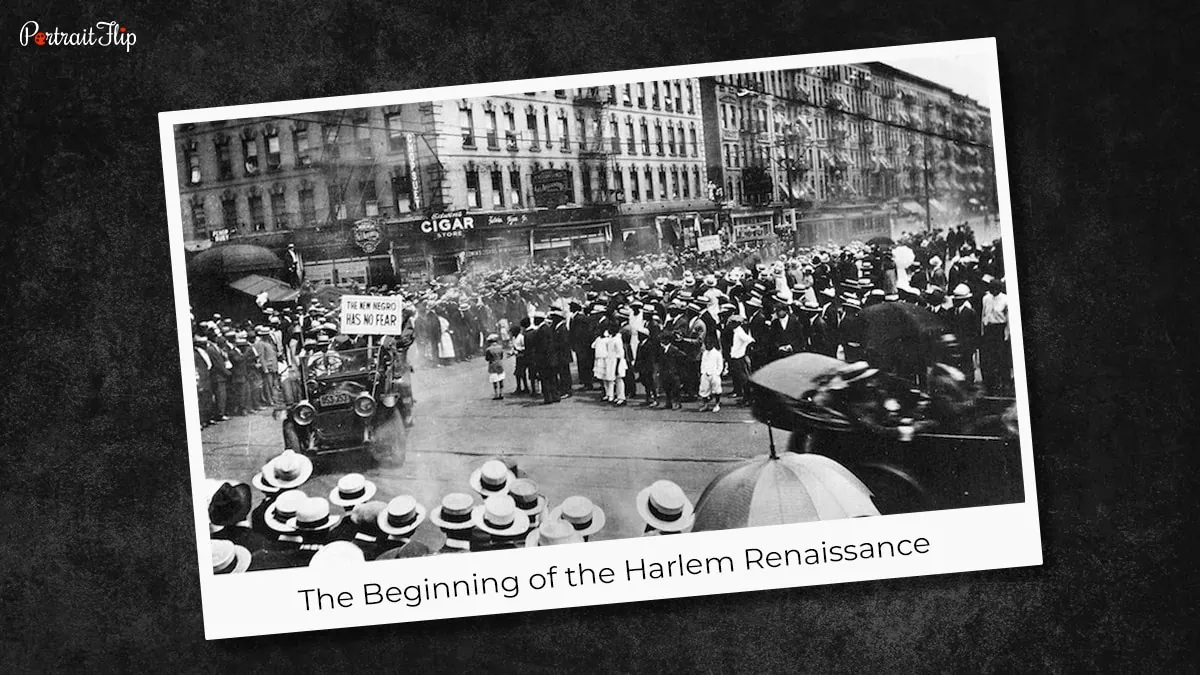
Harlem wasn’t a black-dominated place but became one after the “Great Migration”. Over 200,000 black people migrated to Harlem to escape domestic terrorism.
Being treated as a second citizen, many black people’s views steadily changed while relocating to Harlem, which made them advocate for their social and cultural rights.
Harlem, once known as a neighborhood in upper Manhattan, became a renowned place for African-American cultural activities in a record time.
The Harlem Renaissance flourished in different cities as well, including Chicago, Los Angeles, Washington D.C., and Cleveland.
Development of the Harlem Renaissance
The Harlem Renaissance began in the late 1910s. Due to that, several works of art were made, along with plays featuring African-American actors that conveyed human emotions and yearning.
They rejected some stereotypes, including blackface and minstrel show traditions, which they considered the most important events related to black people in American theater history.
Through various forms of art, a majority of black people learned about Harlem.
World War I, which disrupted millions of lives, had a silver lining; most black people learned from the opportunities it opened.
Moving to Harlem was the greatest decision black people made, as this was the only way to escape the race riots that took place after the great war.
Chaos, tensions, and uncertainty were common during the period as thousands decided to shift to Harlem. The city, which was once sparsely populated, suddenly became dense with a majority of black people.
The Harlem Renaissance sprouted when the United States experienced a drastic shift in its political and social behavior.
Harlem was attracting people from the South, and thus gradually witnessed industrialization that led to a new mass culture.
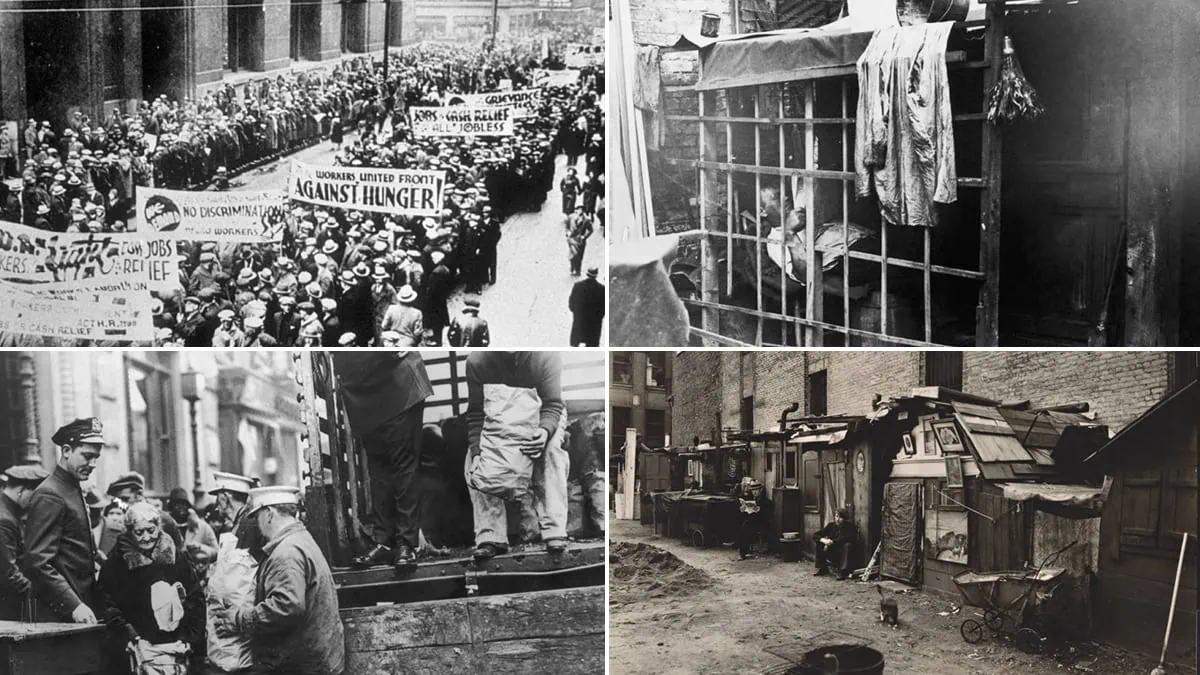
The great migration was the number one factor behind the birth of the Harlem Renaissance, which also overcame the era of the Great Depression caused by World War I.
So when did the Chicago Renaissance begin? Chicago was one of the first few cities that welcomed black people with extended hands.
Black people did find their solace in Chicago, and from Harlem, some fraction of the population moved there and began spreading in its nearby regions.
Thus it resulted in a spike in the black population in Chicago, which led to African-Americans taking up the job in meatpacking plants, steel mills, garment shops, etc.
Later, The Black Renaissance began in Washington, D.C., as well, where the country’s most wealthy and literate black people already lived.
Due to that, the Renaissance smoothly spread in Washington, D.C., in 1919 and continued till the late 1920s.
The Renaissance flourished in different northern and western parts of the United States by storm, which resulted in the development of Harlem Renaissance literature, music, and various different art forms.
1. Harlem Renaissance Music

Jazz was the popular music of the Harlem Renaissance.
The genre was considered a way to convey the deepest message to the masses. Interestingly, the traditional jazz band would use brass instruments, which were the symbol of the South.
Although jazz wasn’t discovered in Harlem, it was widely accepted by the people of Harlem.
African-Americans would play jazz and keep on experimenting with it. The transition in Harlem Renaissance music gained attraction across the country, which produced several musicians, including Eubie Blake, Noble Sissie, Bechet, Armstrong, and many others.
Their skills, talent, dedication, and honesty set them apart from others, which ultimately set high standards for upcoming Harlem Renaissance singers and music composers.
As the years passed, Harlem music became a significant part of white people’s lives too.
Most prominent white musicians and singers would incorporate Harlem Renaissance themes into their works.
The enormous love and appreciation from people created opportunities for African-Americans to collaborate with white people.
Amongst them, Roland Hayes was the first African-American to witness fame and praise globally.
The music of this movement was full of innovation, affection, and liveliness, which in today’s time has garnered attention across the globe.
2. Harlem Renaissance Literature
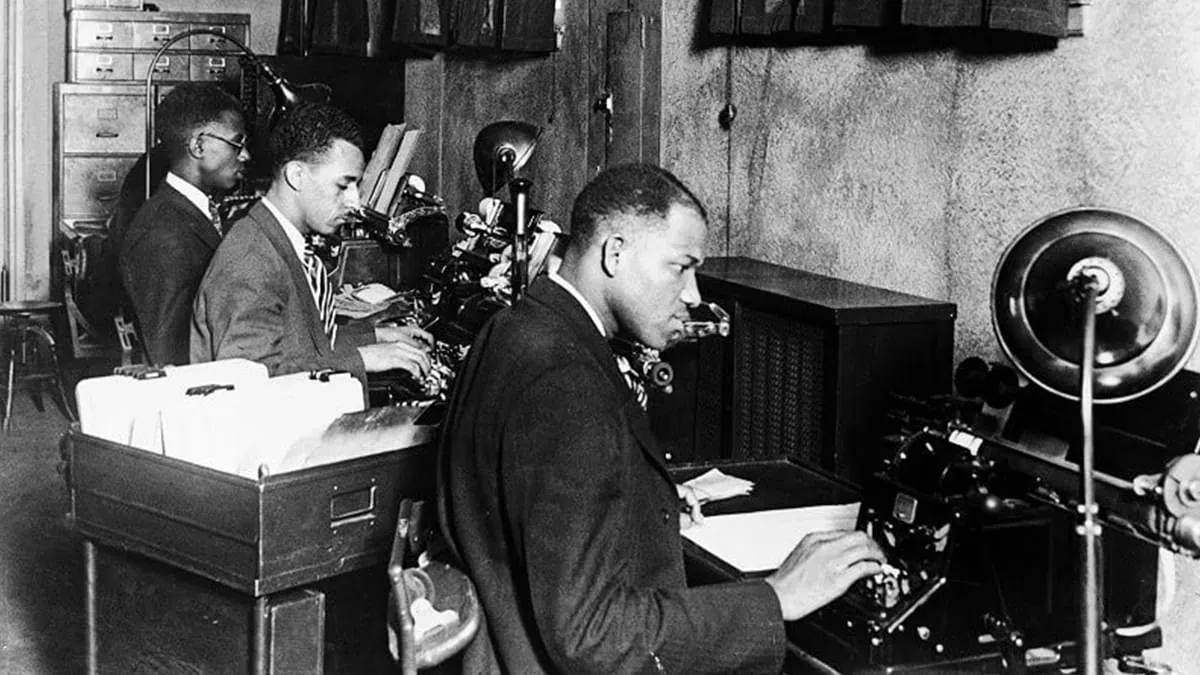
The Harlem Renaissance literature grew out of discrimination, injustice, and turmoil, which American black people had been part of.
The objective of Harlem Renaissance literature was to reject traditional American culture and ideas, in which black people are mistreated.
The literature emphasizes the identity of black people and their roles in American society.
During the Harlem Renaissance period, several prominent institutions and associations came forward in support of black people and promoted African-American culture.
It was evident through opportunities in print magazines and publications where writers could share their works.
Three years after this event, in the late 1920s, the Harlem Renaissance literature was in full-swing, producing thousands of pieces by black poets, authors, and essayists.
One name that had been in the limelight was Langston Hughes. His poems and writings have had a big impact on the lives of the United States.
His poem, The Weary Blues, was an amalgamation of jazz and blues with traditional versus.
Every other artist of the Harlem Renaissance tried to build bridges and express the pain that African Americans had gone through.
Literature played a significant role in the upliftment of black people; the Harlem Renaissance’s poems were a great example, as their impact and influence on the underprivileged class were profound.
Suggested Read: American Gothic painting
3. Harlem Renaissance Fashion
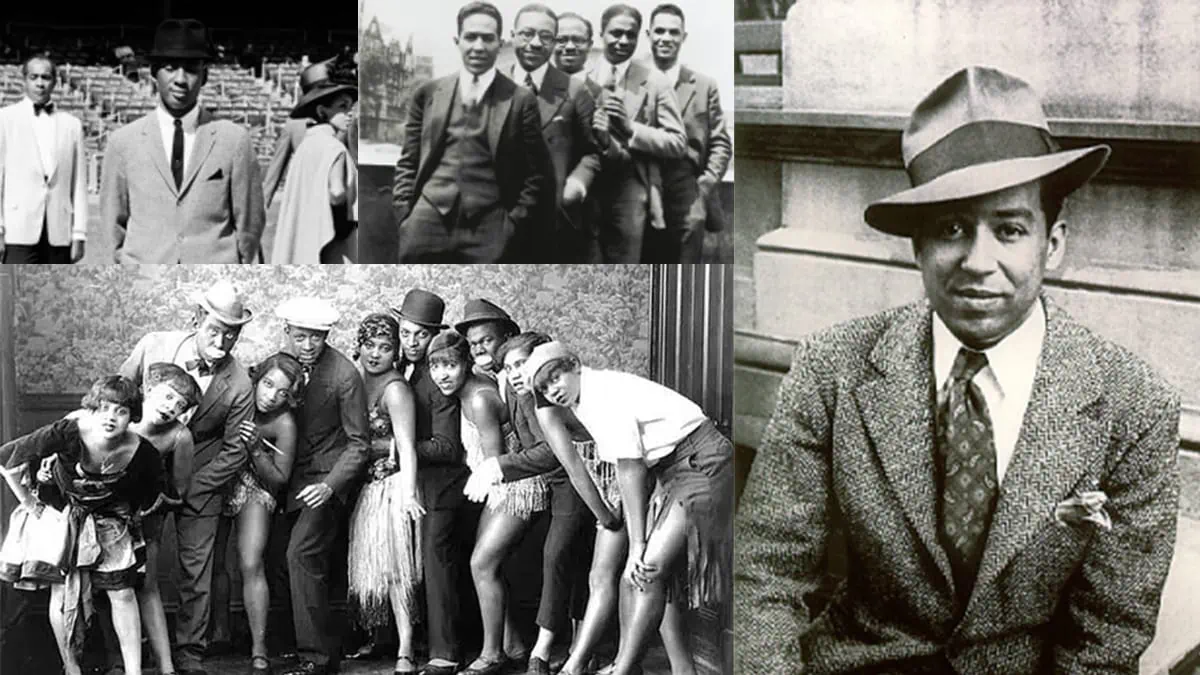
The world will never forget how great the Harlem Renaissance era was for American fashion.
Plenty of African-American fashion was exhibited during the period, which still lives on. Black clothing was a popular scene during the Harlem Renaissance period, which was actually quite glamorous and artistic.
Young women would prefer drop-waist dresses over short skirts. They would wear loose-fitting garments and accessories made of natural elements. On the other hand, men would wear loose suits, which included long coats and wide pants.
During the Harlem Renaissance, leopard-skin coats and dresses were widely worn as it represented the power of African animals.
Since the Harlem Renaissance embraced African-Americans, several designers incorporated its theme and trends to appeal to the masses.
Though it started in the 1910s, it witnessed its peak in the 50s and 60s despite having disappeared in some parts, which resulted in large numbers of black people taking interest in black people, who would mostly buy black-colored clothing.
Black fashion was displayed in various ways, such as through dance, fashion events, music performances, and so on.
When it comes to black fashion, one name that always comes up is Josephine Baker, a dance performer in Paris, who was the trendsetter from the Harlem Renaissance.
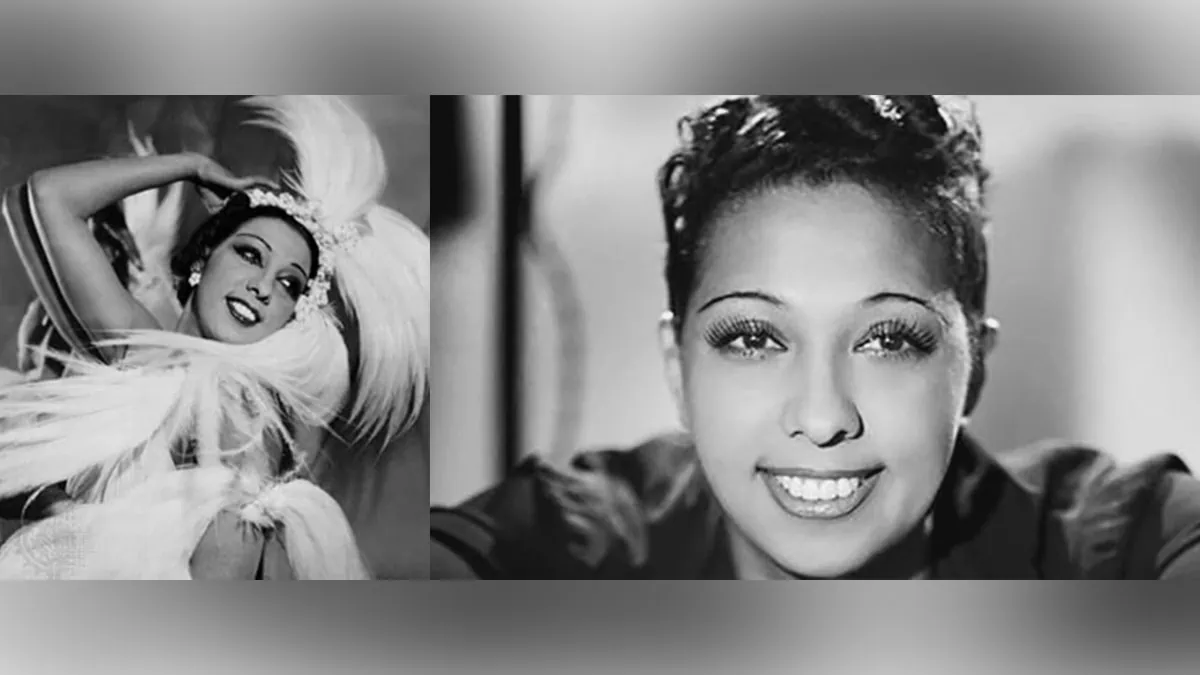
Her fashion was timeless, and she was seen as one of the best female black dancers of all time.
The era of Harlem Renaissance changed the dynamics of America, and one can experience how impactful the time was as it accepted the ancient fashion to honor the status of black people.
Black women, especially, used to wear beaded dresses, gowns, and fur coats. There was a time when black families were restricted by federal lord codes to own property. These clothes glammed up their looks and gave them a sense of accomplishment.
4. Harlem Renaissance Photography
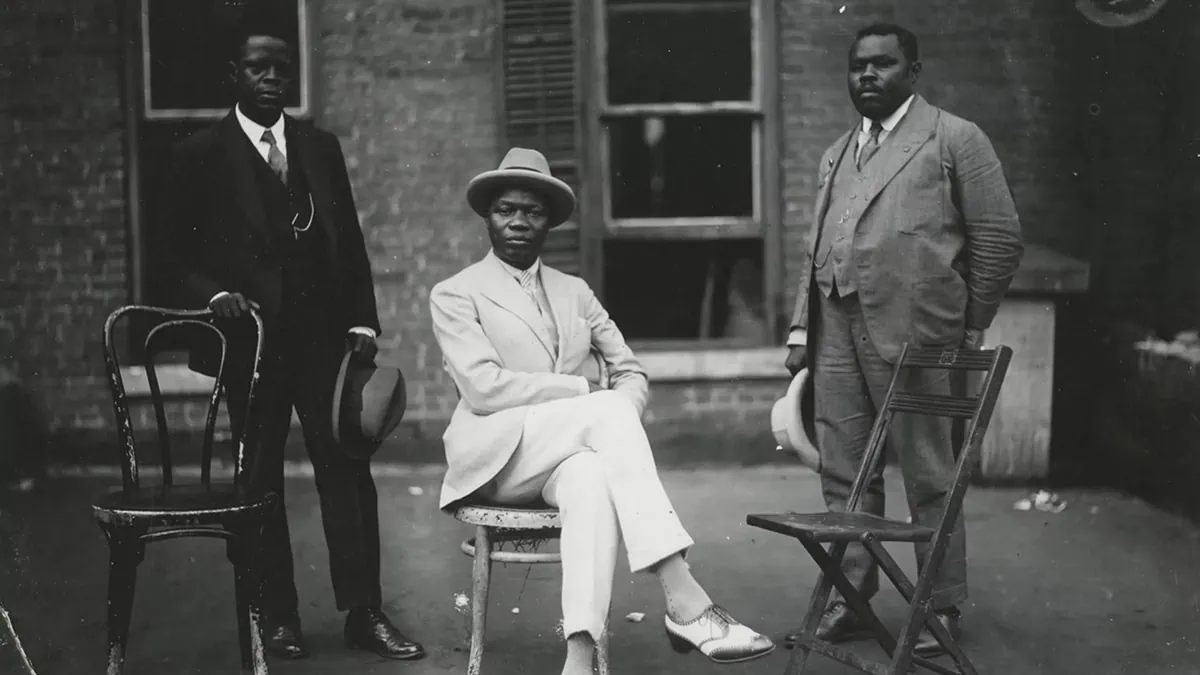
Pictures and photographs played a significant role in changing the perception of people towards African-Americans.
Harlem’s events, scenes, and moments in which African Americans were involved were captured by various black photographers.
Amongst them, one name that always came up was James Van Der Zee. A painter, photographer, tutor, and sociocultural contributor brought significant changes to Harlem during the Harlem Renaissance.
When African-Americans were battling to earn their basic rights, this man was on a mission to bring harmony to Harlem society.
Apart from Harlem Renaissance paintings, music, and literature, photography significantly helped black people overcome racism and discrimination.
His objective was crystal clear. Harlem’s famous photographer gave direction and opened several doors to African-Americans so they could find their purpose, and live with respect.
Undoubtedly, he was a catalyst for permeating Harlem to the largest cities like Chicago, Washington D.C, and New York.
The great depression and great migration were the primary reasons behind the Harlem Renaissance Birth. But one can’t deny the fact that its various art forms made the Harlem Renaissance bigger and more prominent.
Speaking about the photography of the Harlem Renaissance, Van Der Zee’s studio was in full swing, especially post-World War I, when parents of soldiers and professionals who traveled overseas, requested him for their loved ones’ pictures.
Being a black photographer, he was loved and respected by white people, and his studio turned out to be a source for having loved ones’ photographs captured.
The photographer also captured famous black figures during the Harlem Renaissance and continued working as a professional photographer for the next few decades.
He captured notable personalities like Marcus Garvey of the Universal Negro Improvement Association (UNIA), a poet Josephine Baker, a leader Countee Cullen, and a bunch of others.
However, the Harlem photographer rose to fame in the 1960s, which shows that hard work always pays off.
Zee’s works are priceless as they document the real scenario of the Harlem Renaissance—its glory, cultural shift, people, ideas, and whatnot!
Furthermore, his portraits of Harlem Renaissance writers, painters, musicians, and other cultural figures helped them gain recognition from others and built a platform to showcase their talents.
Also Read: Famous Renaissance Artists
Harlem Renaissance Characteristics
Although the Harlem Renaissance was the era of African-Americans, in which one artist was seen collaborating with another, there wasn’t any specific feature of the Harlem Renaissance.
The element that one will find common in it is the acceptance and love for African-American culture.
The” new negro” movement gave voice to African American culture and encouraged artists to produce thought-provoking pieces to uplift black Americans. The primary characteristic of the Harlem Renaissance was to break the stereotypes and reshape the African-American heritage as equal to that of white people.
Harlem Renaissance Themes
The objective of the Harlem Renaissance was to eradicate the so-called “primitive’ culture through various art forms.
The African-Americans left no stone unturned to suppress the exploitation of white supremacists. Which can evidently be seen through the use of traditional music, blues, and jazz.
The main theme of the Harlem Renaissance was the upliftment of black people. They expected nothing but a revival of their status in society. Plus, they wanted to spread the message of seeing each and everyone through the same eyes.
People have seen how the new Harlem Renaissance styles were formed—especially in literature, where modernism and jazz poetry were primarily included.
Those Harlem art forms persuaded black people to go rampant, while conservatives who were responsible for African-Americans held back.
However, some white people set an example and helped tremendously to expand the Harlem Renaissance.
The core objective of the Harlem Renaissance has never changed. However, there was diversification in the approach, which resulted in the expansion of the Harlem Renaissance in other cities.
Famous Artists of Harlem Renaissance
There cannot be a Harlem Renaissance without artists, who pushed themselves and brought necessary change to a society that held back African-American growth.
The 1920s and 1930s were the years of black artists. Some of them even made it too far and are listed as Famous black artists.
Here are some of the iconic artists who fought harder against racists and bigots to reclaim the integrity and status of black people.
1. Aaron Douglas

He was the most prominent and prolific artist-illustrator of the Harlem Renaissance.
The Harlem Renaissance artist Aaron was responsible for boosting young black people’s confidence and opening opportunities to create their identities.
His artistic works were so detailed and meaningful that they made it even to various parts of Europe.
2. Hale Woodruff

Hale was a well-known printmaker and painter of the Harlem Renaissance, whose work predominantly highlighted African-American poverty and racism in the South.
He was one of the few black artists who wouldn’t be complacent as he used his 1926 award prize to hone his skills.
For countless lives, he was the epitome of professionalism and discipline, and he also befriended many avant-garde artists who helped get black people their recognition.
3. Augusta Savage
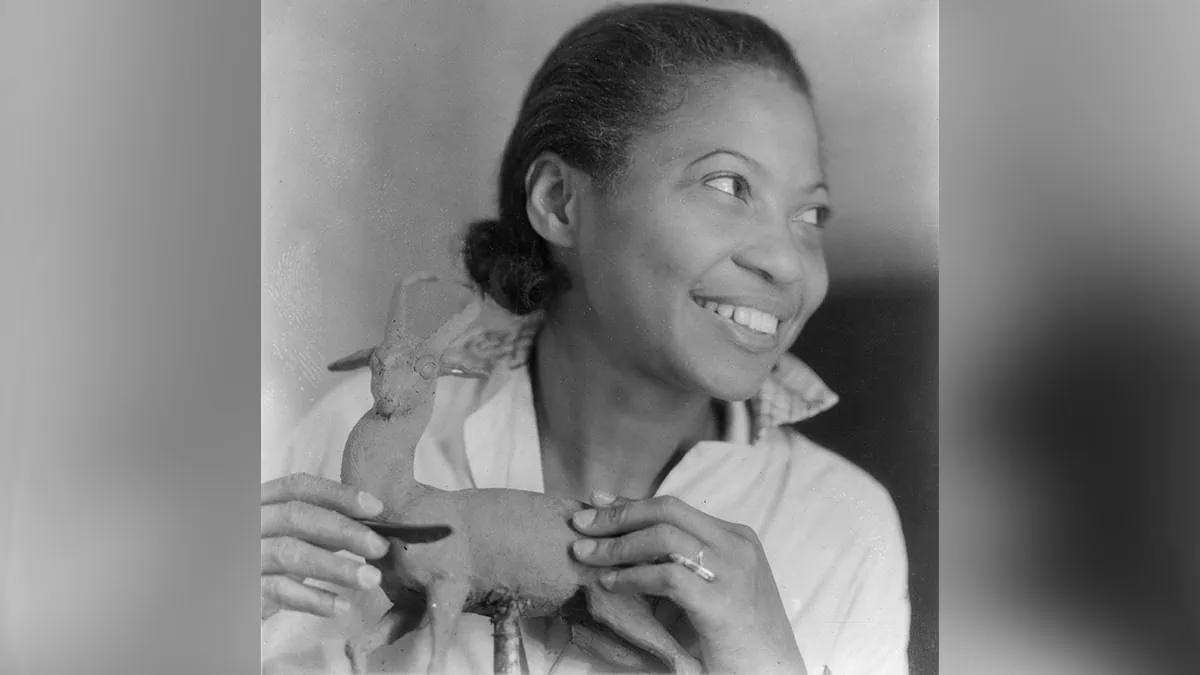
One of the most famous female painters and the first African-American member of the National Association of Women Painters and Sculptors.
She created a myriad of works, most of which elevated images of African culture into the mainstream.
Having worked with writers, leaders, musicians, and other painters, she was solely responsible for building the bridge between the original Harlem artists and the new generation of artists.
She transformed many African-American lives and was regarded as an important leader of the black community.
4. James Van Der Zee
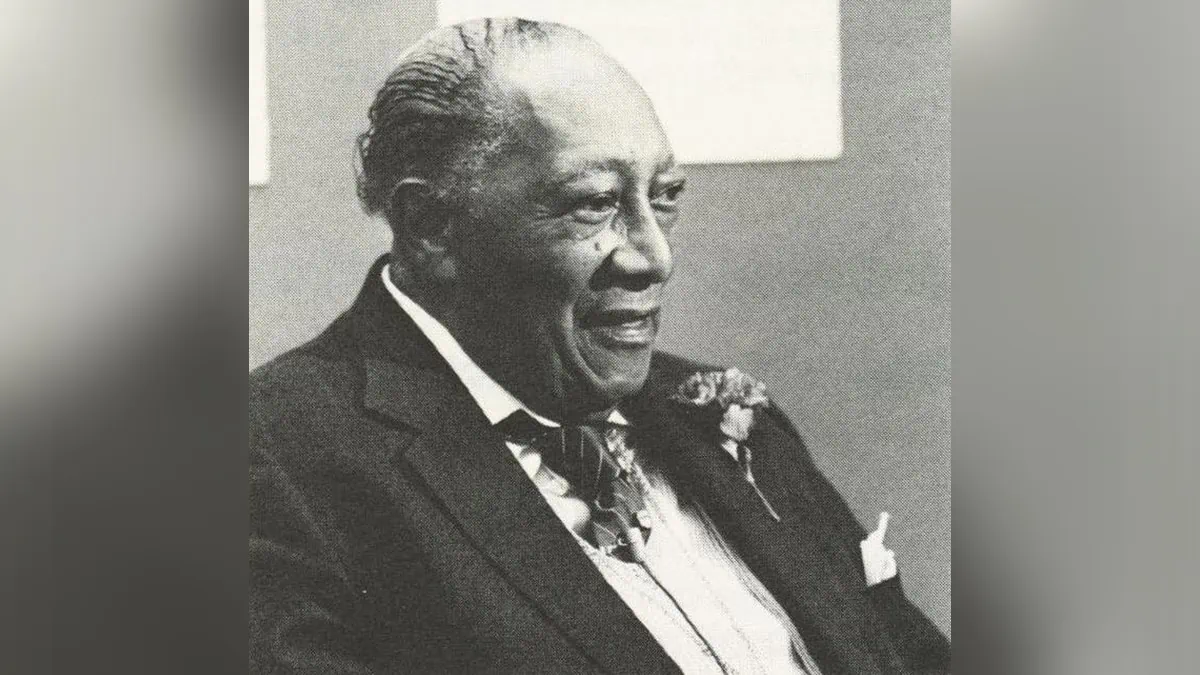
His contribution to the Harlem Renaissance was significant, and his photography created an impact in European countries as well.
His portraits showed the upliftment of the middle class in the country, which attracted attention from other regions.
James Van Der Zee is mostly recognized for his heroic work, which featured in the victory parade of the returning 369th infantry regiment.
He had switched various jobs and found fair success in every realm. But photography was one such field in which he made it too far, when he moved back to Harlem and built his first photography studio.
Great migration helped him become the star photographer of Harlem, whose prominent subjects were black activist Marcus Garvey, Bill Bojangles Robinson, and Countee Cullen.
5. Jacob Lawrence

Jacob Lawrence, a Harlem storyteller, educator, and painter produced countless pieces for the welfare of African-American people.
Deeply influenced by jazz music, the Great Depression, and the great migration, he innovatively produced several meaningful Harlem art pieces.
Jacob would use his experience, lessons, and interactions in his paintings to summarize the overall scenario of African-American culture and hardships.
Harlem would never forget his dedication and contribution to the upliftment of young black people’s spirits and building a platform to showcase African-American talents and thoughts.
Lesser Known Facts About Harlem Renaissance
- Harlem is not the birthplace of Jazz but New Orleans is. Harlem City widely accepted Jazz music during the Harlem Renaissance.
- The Great Depression and the Great Migration are the two main reasons behind the establishment of the Harlem Renaissance.
- Nearly 175,000 African-Americans moved to Harlem after being mistreated by white supremacists and authorities.
- Nobody has ever officially been titled the Harlem Renaissance’s founder, but Aaron Douglas was widely considered an influential visual artist and the founder of the movement.
- Harlem Renaissance, also called the “New Negro Movement”, was the revival of African-American traditions and culture.
- Harlem Stride Style was first created during the Harlem Renaissance.
- The Harlem Renaissance opened more opportunities for black people than the mainstream ever had before.
- The Harlem Renaissance was supposed to be city centered but it spread across the nation in a few years.
- Liberty League and The Voice was the first newspaper dedicatedly made to covering the Harlem Renaissance news.
- Langston Hughes was the first innovator of Jazz poetry.
- The main objective of the Harlem Renaissance was to eradicate primitive ideology and regain the status of black people in society.
- Chicago, Washington, D.C., and Cleveland were the major cities where the Harlem Renaissance was glorified and embraced with open hands.
- Josephine Baker was the prominent female figure of the Harlem Renaissance who inspired a generation of artists—be it in fashion, dance, or music.
There are a lot of facts and interesting stories about the Harlem Renaissance, but it depends on how much you delve into the topic.
In this blog, I’ve tried to explain to you the early phase of the Harlem Renaissance, its impacts, and the transition throughout the first half of the 20th century.
African-Americans were mistreated; they were the victims of a society that was run by a suppressed and egoistic white class.
Though some were good with black people, they couldn’t prevent unfair and unreasonable practices from happening against African-Americans.
Which is why, thousands of people had to migrate to Harlem from the South, and settle down to regain their status in society.
The Harlem Renaissance was the result of the Great Migration, which helped black people find their purpose, regain their status, and own businesses that are fruitful for people regardless of any class, creed, or race.
As one has rightly said, everything with a beginning has an end. Let’s see how this cultural of African Americans came to an end.
The Fall Of The Harlem Renaissance
When did the Harlem Renaissance end?
There wasn’t any specific date on which the Harlem Renaissance ended, but it was believed that it ended around the mid-1930s. Though it existed for the next few decades after that, its impact wasn’t as profound as it promised to be.
The primary reason for the Harlem Renaissance’s end was the Great Depression.
This led to economic and social instability, which resulted in the loss of hope and beliefs.
The other main reason was the infamous riot of 1935, also known as the first modern American riot.
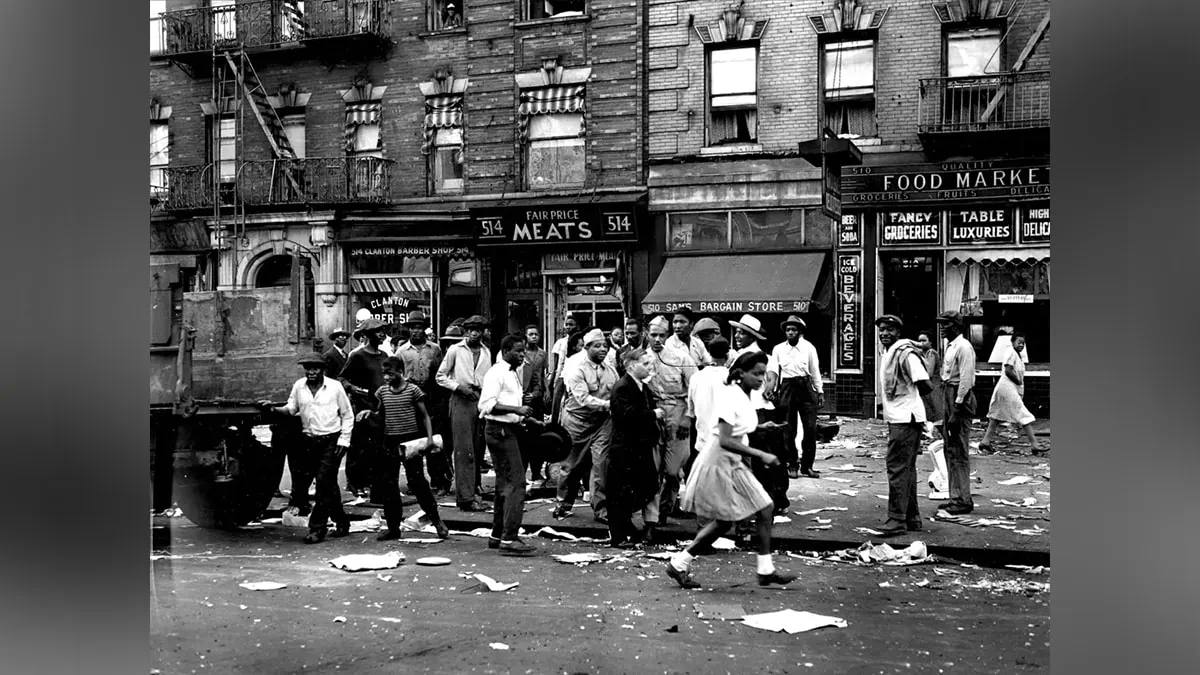
On March 19, a boy named Rivera was caught stealing a pen knife from a store, due to which the store owner called up the police to arrest him.
However, the owner, out of fear, asked the police not to arrest him, and let him go. The locals, for whatever reason, presumed that the boy was killed by the police, and they went rampant against police officers.
This frustration turned into riots in record time, throwing Harlem into an extremely dangerous and dreadful situation. The riot continued until the next day, during which dozens of people were injured and three people were killed, all of them black.
Harlem was badly affected by the great depression, and this riot fueled the matter, due to which the city experienced unrepairable and unbearable losses. Over 100 stores and properties valued at around $2 million dollars
Due to that, cultural flowering was put to an end, and most people were drawn back to their old lives.
Harlem Renaissance art and literature gave African-Americans equal status and opportunities helping them emerge as humans.
The Harlem Renaissance ended in the mid-1930s. But its impact and legacy still lives on today.
Author’s Note
Thanks for reading my article to the end.
I’ve collected information and data from various reliable sources and put them in this content to help you learn about the Harlem Renaissance.
I hope you found this piece interesting and valuable.
The Harlem Renaissance is not a past phenomenon; it is well going on even today. You can go through contemporary black artists and gauge their works which will put you in a similar space as the Harlem Renaissance.
Bisa Butler, Genesis Tramaine, and Kenturah Davis were some artists, every aspiring artist rooted for.
The Harlem Renaissance was rewarding in several manners; we’ve put the best information into this piece.
However, if you think we’ve missed something or added any distorted facts, you can reach out to us anytime.
You can also check out our reproduction paintings, where we create replicas of renowned paintings.
For more information, you can follow us on Instagram, Pinterest, and YouTube.
Thank you!
Frequently Asked Questions
The Harlem Renaissance was an intellectual and cultural revival of African-American music, art, literature, fashion, etc.
The Harlem Renaissance began in 1920 when countless black folks migrated from the South to the North and Western parts of America in search of creative and economic opportunities.
The black people moved to Harlem to escape domestic terrorism and seek peace and freedom.
The Great Depression and the Great Migration were the reasons behind the formation of the Harlem Renaissance.
Music, literature, fashion, and photography were the focus of the Harlem Renaissance.
The primary characteristic of the Harlem Renaissance was to break stereotypes and reshape the African-American heritage as equal to that of white people.
Jazz was the popular music in the Harlem Renaissance.
Roland Hayes was the first African-American artist to witness fame and praise globally.
Aaron Douglas, Hale Woodruff, Augusta Savage, James Van Der Zee, and Jacob Lawrence were the famous Harlem Renaissance artists.
Harlem Renaissance was also called New Negro Movement.



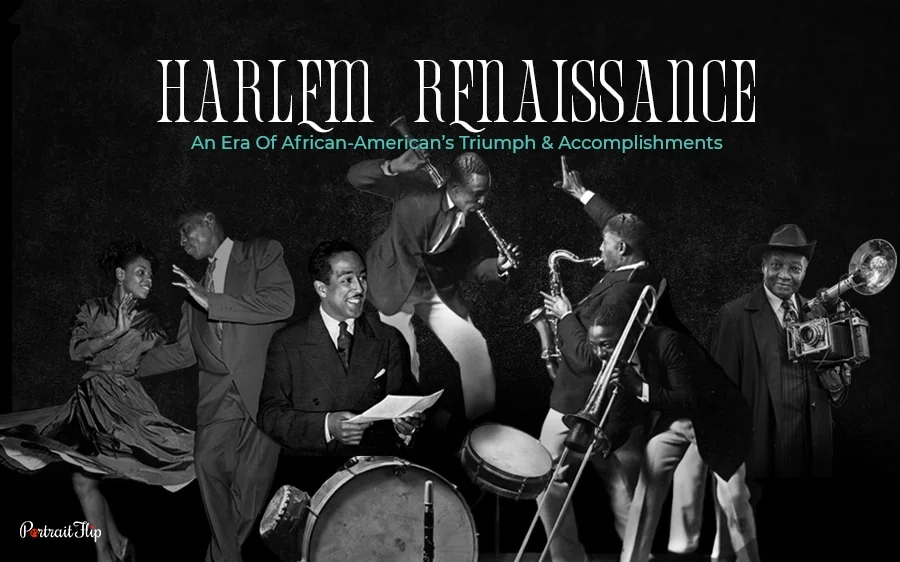


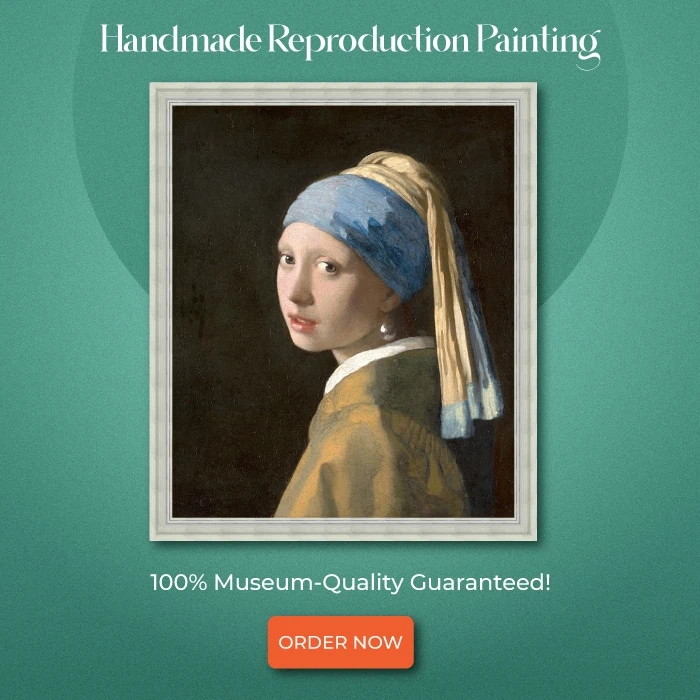
Nice article!!
Your writing is so beautiful because you always know the right word for the right moment.